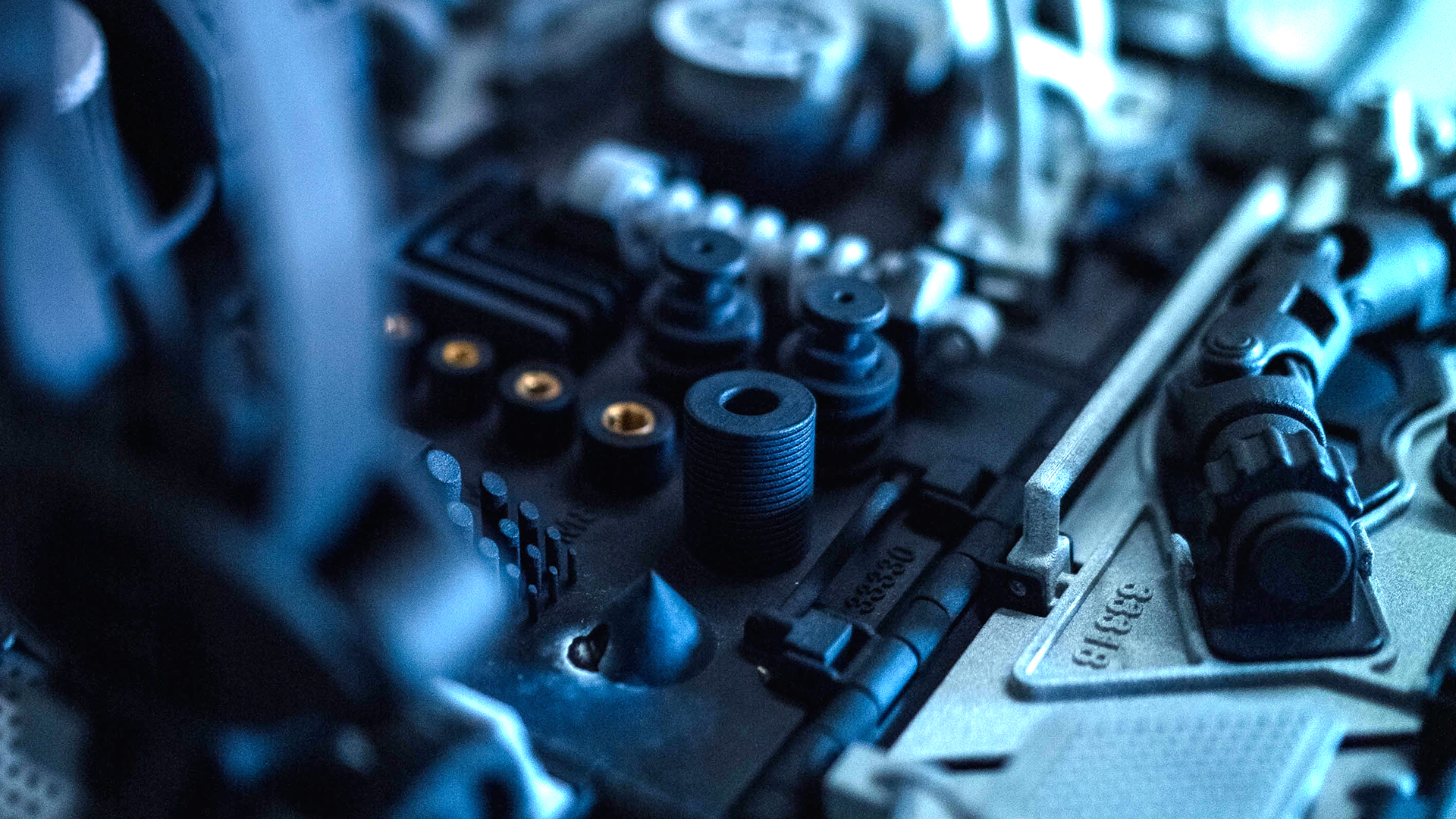Today, many consumers are becoming more aware of where their products come from, with some favoring more sustainable or locally sourced options produced by smaller manufacturers rather than mass-produced items. This is likely due to a combination of factors, including a desire to support local businesses and a belief that products from small manufacturers are more likely to be of higher quality. While the jury is still out on whether this will be a continuing trend, it is certainly one worth watching.
Makers and manufacturers have both been around for centuries. In earlier times, skilled artisans carried out manufacturing, and their skills were passed down through apprenticeships. Many manufacturers were also members of guilds to protect their trade secrets. At that time, home-based manufacturing provided a supplement to agriculture and was sometimes organized into joined-up enterprises.
In the digital era, makers are part of a new manufacturing revolution. Manufacturing in America is moving from low-value production to high-value, automated processes with fast-evolving supply chains. This uncertainty makes the maker movement all the more relevant. And when 3D printing is added to the mix, the lines between maker and manufacturer are blurred even further.
Makers and Manufacturers in Additive Manufacturing
As 3D printing technology continues to advance and costs continue to fall, small makers and manufacturers are finding it easier to access the technology and experiment with its use. And online social platforms, like Automation Alley’s Project DIAMOnD, are helping designers connect with local 3D printers.
While a manufacturer may be required to hire a team of designers and engineers to develop a prototype, a 3D printer allows a business to build a product much more quickly and affordably. The process can take only a couple of weeks, making it possible for a business with a limited budget to pursue product development.
The cost savings of 3D printing varies depending on the volume of production. While the process is still expensive for high-volume products, it can be quite affordable for low-volume products. This type of production allows small businesses to avoid the significant capital investment necessary to create a factory and leverage economies of scale.
And for larger manufacturers, the manufacturing-as-a-service business model offers a way for them to remain committed to their core mission and focus on design and innovation while outsourcing the actual process to an outside party.
Additive manufacturing is a trend to watch. With the price of 3D printers coming down, it is becoming more accessible to everyone. This could lead to a future where manufacturers don’t own capital equipment and instead rely on distributed networks of 3D printers to produce products. It could also lead to a future where people can make products at home.
Automation Alley is a World Economic Forum Advanced Manufacturing Hub (AMHUB) for North America and a nonprofit Industry 4.0 knowledge center with a global outlook and a regional focus. We facilitate public-private partnerships by connecting industry, education and government to fuel Michigan's economy.




